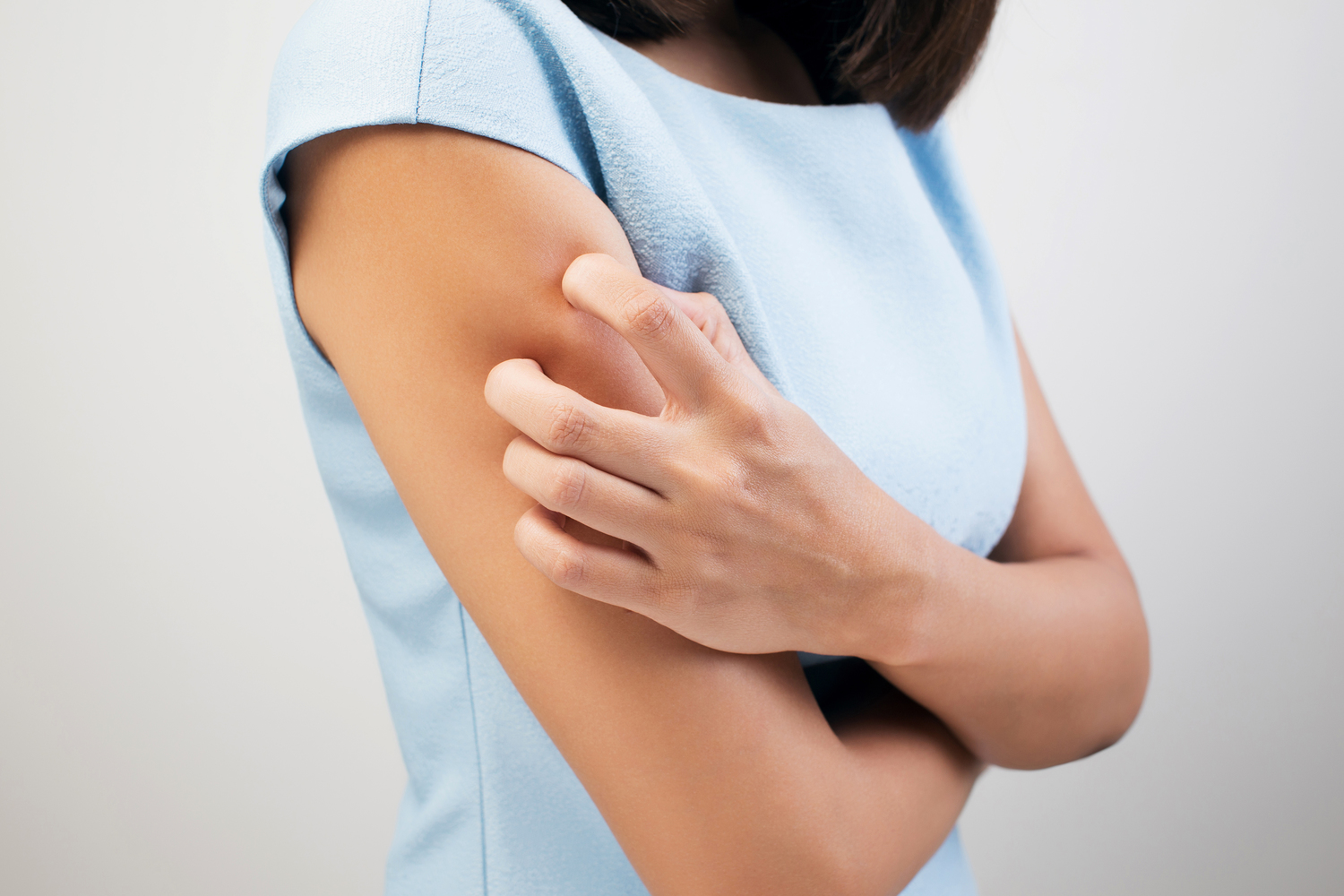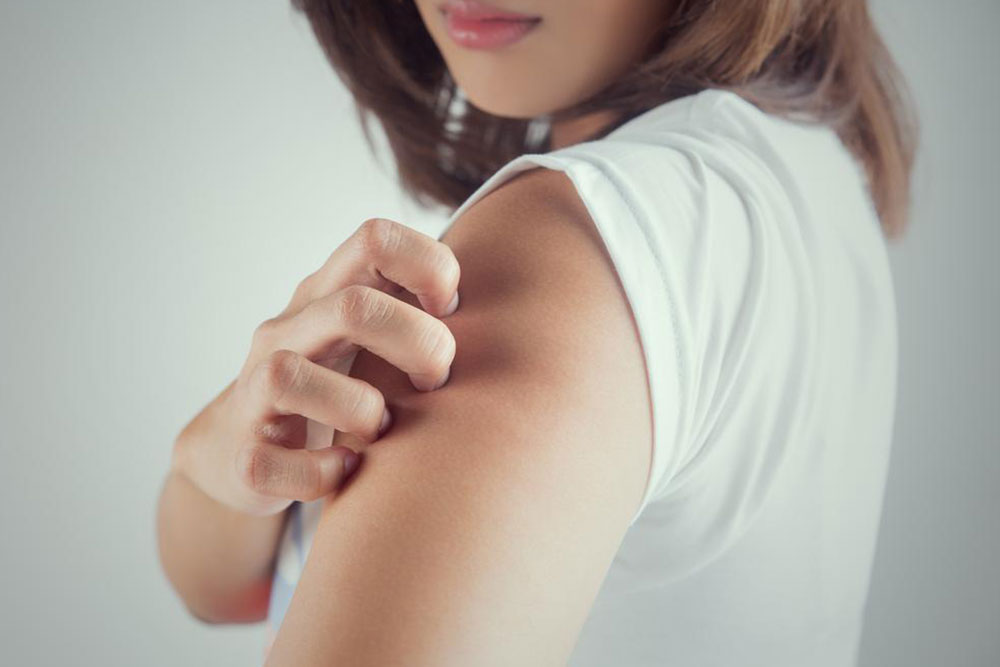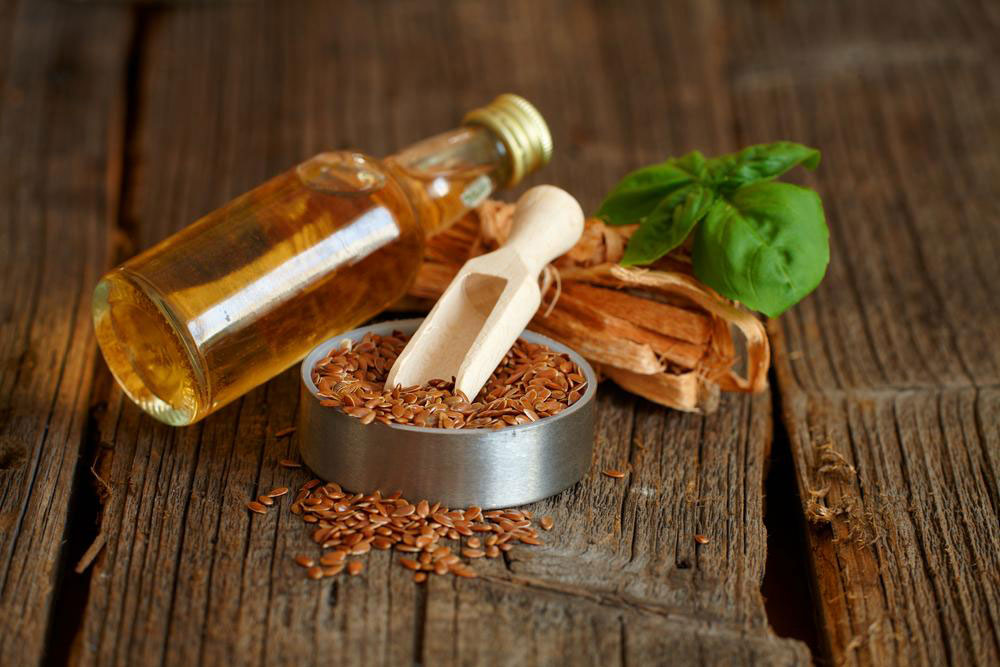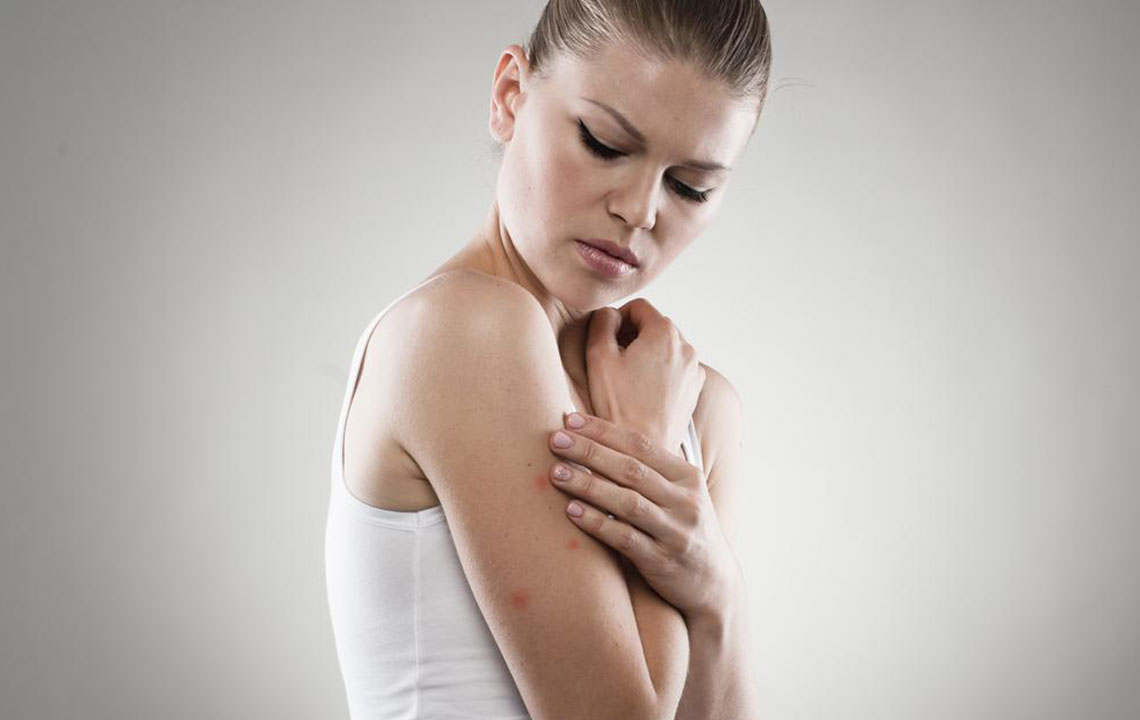Complete Guide to Managing Skin Rashes: Causes, Treatments, and Natural Remedies
This comprehensive guide explores the causes, treatments, and natural remedies for skin rashes. It covers medications such as antibiotics, antifungals, antivirals, as well as home remedies like oatmeal, apple cider vinegar, and chamomile. The article emphasizes the importance of proper skin care and when to seek professional help for persistent or severe cases, providing readers with actionable advice for effective rash management.

Understanding Skin Rashes and Effective Treatment Strategies
Skin rashes are among the most common dermatological issues faced by individuals across all age groups. They manifest as visible outbreaks characterized by redness, swelling, itching, and sometimes blistering or peeling. These conditions can stem from a variety of causes, including allergic reactions, infections, autoimmune disorders, or irritants. Approximately everyone experiences some form of skin rash at some point in their life, making it a prevalent concern in dermatology. Given the vast array of potential causes, accurately diagnosing and treating skin rashes requires careful attention and, often, professional medical evaluation.
Understanding the nature of a particular rash is essential for effective treatment. While many rashes resolve on their own, others may require targeted medical interventions to alleviate discomfort, prevent complications, and address underlying health conditions. Consulting a qualified dermatologist, a specialist trained to diagnose and treat skin diseases, is highly recommended especially when rashes are persistent, worsening, or accompanied by other symptoms such as fever or systemic illness.
Common Medications and Treatments for Skin Rashes
Effective management of skin rashes often involves a combination of medications and topical treatments tailored to the specific cause. Understanding the commonly used pharmaceutical options can help individuals recognize their potential and seek appropriate care.
Antibiotics: Oral antibiotics such as dicloxacillin, tetracycline, and erythromycin are routinely prescribed for bacterial skin infections. These medications help eradicate bacterial pathogens causing impetigo, cellulitis, or other bacterial dermatitis. In some cases, topical antibiotics may also be used to target localized infections.
Antifungal Medications: Fungal infections like athlete's foot, ringworm, or candidiasis require antifungal drugs such as fluconazole, itraconazole, and terbinafine. These medicines combat fungi residing on or within the skin or nails, effectively reducing the severity and duration of fungal rashes.
Antiviral Drugs: Viral skin conditions, notably herpes simplex, shingles, or varicella-zoster virus, respond well to antiviral medications like acyclovir, valacyclovir, and famciclovir. These drugs help in reducing outbreaks, alleviating pain, and preventing recurrence.
Corticosteroids: Topical corticosteroids are among the most commonly used agents to reduce inflammation and immune response in skin conditions such as dermatitis, vasculitis, and eczema. They provide rapid relief from redness, swelling, and itching, and are often prescribed for short-term use to prevent side effects.
Dermatologists frequently recommend topical steroids as a frontline treatment to calm inflamed skin. In severe cases or autoimmune-mediated skin diseases, systemic therapies may be necessary.
Immunosuppressants: For chronic or severe conditions like psoriasis and dermatitis, drugs such as azathioprine and methotrexate help suppress the overactive immune response, managing symptoms and controlling disease progression.
Biologics: Advanced therapies, including adalimumab and other monoclonal antibodies, target specific immune pathways involved in autoimmune skin disorders. These biologics have revolutionized the treatment of conditions like psoriasis, providing more effective and targeted options.
Enzyme Inhibitors: Medications like apremilast work by selectively inhibiting immune proteins, thereby reducing skin inflammation and lesion formation in chronic skin diseases.
Retinoids: Derivatives such as acitretin help regulate skin cell turnover, especially useful in managing severe psoriasis where skin thickening and scaling are prominent.
Natural and Home Remedies for Skin Rashes
While medications are essential for many skin rashes, several natural remedies and lifestyle adjustments can provide relief and promote healing. These options are often used as complementary approaches, especially in mild cases or as preventive measures.
Oatmeal’s Soothing Role in Skin Care
Anti-inflammatory and Calming Properties: Oatmeal contains avenanthramides and other compounds that reduce inflammation and soothe irritated skin. It is particularly effective against poison ivy, dermatitis, chickenpox, sunburns, and allergies.
Hydration Boost: As a humectant, oats help attract moisture to the skin, maintaining hydration and preventing dryness which can exacerbate rashes.
Preparation and Application: To harness oatmeal's benefits, finely ground oats can be mixed with warm, not boiling, water to create a soothing bath or paste. Soaking the affected areas in this mixture alleviates discomfort and promotes healing. For facial rashes, blending oats with plain yogurt and honey creates a gentle, natural mask that nourishes sensitive skin.
Apple Cider Vinegar for Skin Relief
Reducing Itchiness: Due to its acetic acid content, diluted apple cider vinegar can help diminish itchiness and irritation when applied carefully to the affected area.
Application Tips: Use a cotton ball to apply a diluted solution—generally one part vinegar to four parts water. Always dilute further if irritation occurs, and avoid use on broken or severe lesions to prevent burning or further irritation.
Balancing Skin pH: Apple cider vinegar can help restore the skin’s natural pH and reduce dryness, promoting a healthier skin barrier.
Chamomile’s Healing and Anti-inflammatory Benefits
Anti-inflammatory and Antimicrobial Effects: Chamomile contains compounds that soothe inflamed skin, reduce itching, and promote faster healing.
Application Methods: Use chamomile tea by soaking clean cloths and applying as cold compresses. Alternatively, add a few drops of chamomile extract or oil to carrier oils like coconut or jojoba for topical use.
Additional Benefits: Chamomile’s antibacterial, antifungal, and antiviral properties make it a versatile natural remedy for various skin rashes.
The Significance of Moisturization and Skin Care
Maintaining skin hydration is vital in managing dry, itchy, or inflamed rashes. Moisturizers help reinforce the skin’s natural barrier, prevent further dehydration, and ease discomfort. Choosing the right moisturizer, ideally fragrance-free and suitable for sensitive skin, enhances healing and reduces the risk of aggravating the rash. Applying moisturizers immediately after bathing locks in moisture and provides a soothing layer that shields the skin from environmental irritants.
In cases where rashes persist over time, worsen, or are accompanied by symptoms like fever, fatigue, or spreading lesions, seeking professional medical advice becomes crucial. A dermatologist can diagnose underlying conditions, prescribe appropriate medications, and recommend personalized treatments to ensure complete recovery and skin health.





